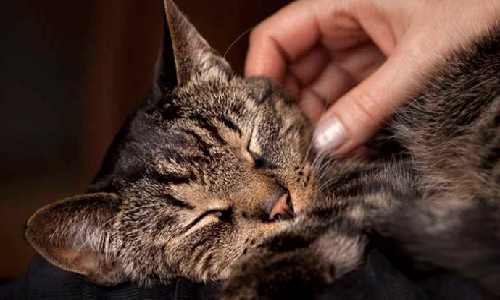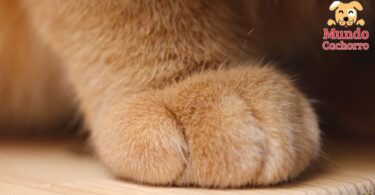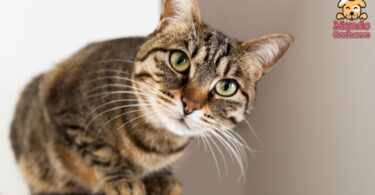The causes and all the reasons why cats purr have not yet been discovered for sure. However, there have been results of some causes, which have been proven, for which the felines produce this peculiar sound.
Indice
What is cat purring.
Some theories define the purr of cats as the result of the articulation of folds that function as a kind of mouth string. Others justify it as a kind of snoring produced by contracting some muscles of the larynx with the trachea, which occurs repeatedly when inhaling and exhaling air to breathe and gives rise to the purr.
What is scientifically proven is that this purring is produced by the feline generating a sound modulation at a frequency between 25 and 150 Hertz.
Theories on why cats purr
Although, as mentioned above, not all the causes of why cats purr have been identified, there are several theories that have been ventured. Most of them are attributed to a form of communication and others to self-healing causes.
The causes of communication are: maternal relationship communication, communication to indicate pleasure, to express satisfaction, to ask for something, to ask for help or assistance or to express discomfort.
Maternal relationship communication purr.
Cats use purring to establish communication with their offspring at and after parturition. It also serves to calm and soothe your kittens when they are restless.
In addition to guide and stimulate them to suckle and as if by magic the kittens learn to generate this sound to communicate to their mother if they are satisfied or hungry and also to express their mood.
Purring communication of pleasure and satisfaction.
When your cat feels that he is in a comfortable environment and in pleasant conditions due to the love you give him, he starts to produce that special purr that is a different purr that you must know how to identify.
An example is when a cat eats and is satisfied, it usually purrs with satisfaction.
Communication purr to ask for help or express discomfort.
Cats, when they feel discomfort, are sick or feel in the presence of some discomfort or risk, begin to produce a particular purr with which they are asking for help or expressing that something is bothering them.
Self-healing purr.
There is a theory based on studies that justify that the frequency between 25 and 150 Hz produced by the cat’s purr has healing effects on infections and helps healing, since at those frequencies emitted by the cat there is an effect that favors the bone structure of the feline.
Image courtesy of mestizos el país de los jovenes (www.elpaisdelosjovenes.com) all rights reserved.








